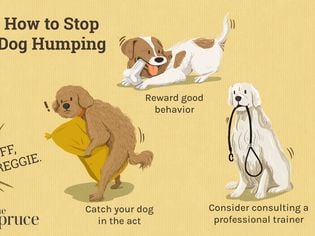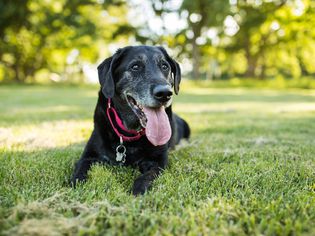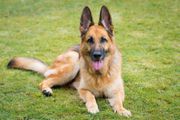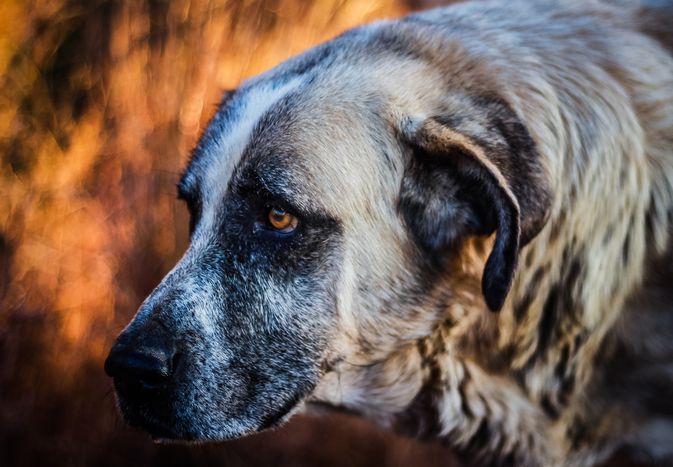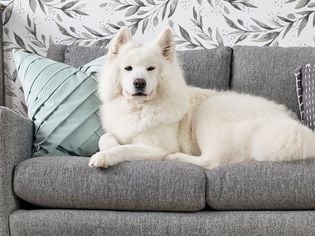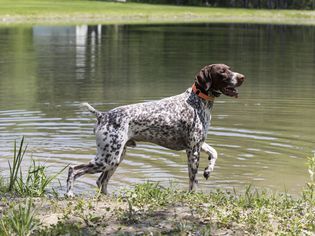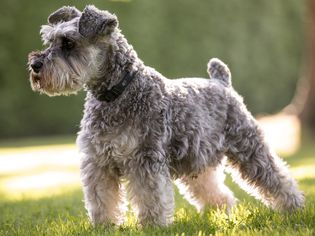The boxer dog loves their humans more than anything—and that definitely includes children. This makes them a great family dog. Boxers are misunderstood because of their muscular frame and dark eyes, which make them look serious. However, they’re actually large goofballs that are sweet and playful.
Because they have so much energy, boxers need training and socialization starting at a young age—or else owners might be in for years of jumping. They'll also need to watch after their dogs in extreme weather thanks to the boxer's short coat and nose.
Learn more about the loyal, loving boxer, including the breed’s history, temperament, and care needs.
Breed Overview
Group: Working
Height: 21 to 25 inches
Weight: 50 to 80 pounds
Coat: Short, smooth
Coat Color: Typically fawn, brindle, or white; can have a black mask and/or white markings
Life Span: 10 to 12 years
Temperament: Active, affectionate, playful, energetic
Hypoallergenic: No
Origin: Germany
Click Play to Learn More About the Athletic and Friendly Boxer
Characteristics of the Boxer
Boxers are good family dogs because they typically have a friendly, playful temperament, and they love one thing most of all: people. They can be quite affectionate, especially toward their human family members. However, they may not be best suited for families with small children or fragile seniors because of their tendency to jump.
These dogs are also known for their “kidney bean” dance, which is when they wiggle their body.
It used to be more common for the boxer’s tail to be docked and their ears cropped. However, the AVMA opposes these practices when done for cosmetic purposes.
| Affection Level | High |
| Friendliness | High |
| Kid-Friendly | High |
| Pet-Friendly | Medium |
| Exercise Needs | High |
| Playfulness | High |
| Energy Level | High |
| Trainability | High |
| Intelligence | Medium |
| Tendency to Bark | Medium |
| Amount of Shedding | Medium |
History of the Boxer
The boxer's history harkens back to the 1800s and a German dog breed called the Bullenbeisser, a hunting dog big enough to take on large game (boars, bulls, and even bears). That breed waned in popularity in the later part of the century, and the Bullenbeisser was later bred with the English bulldog and other smaller breeds to create the boxer we know today.
The leaner, smaller boxer spread throughout Europe and then the United States in the late 19th century. The loyal canines were employed on farms, as guard dogs, as service dogs, and in the police and military.
The American Kennel Club recognized the breed in 1904, and in 2023, boxers were the 18th most popular dog breed in the U.S.
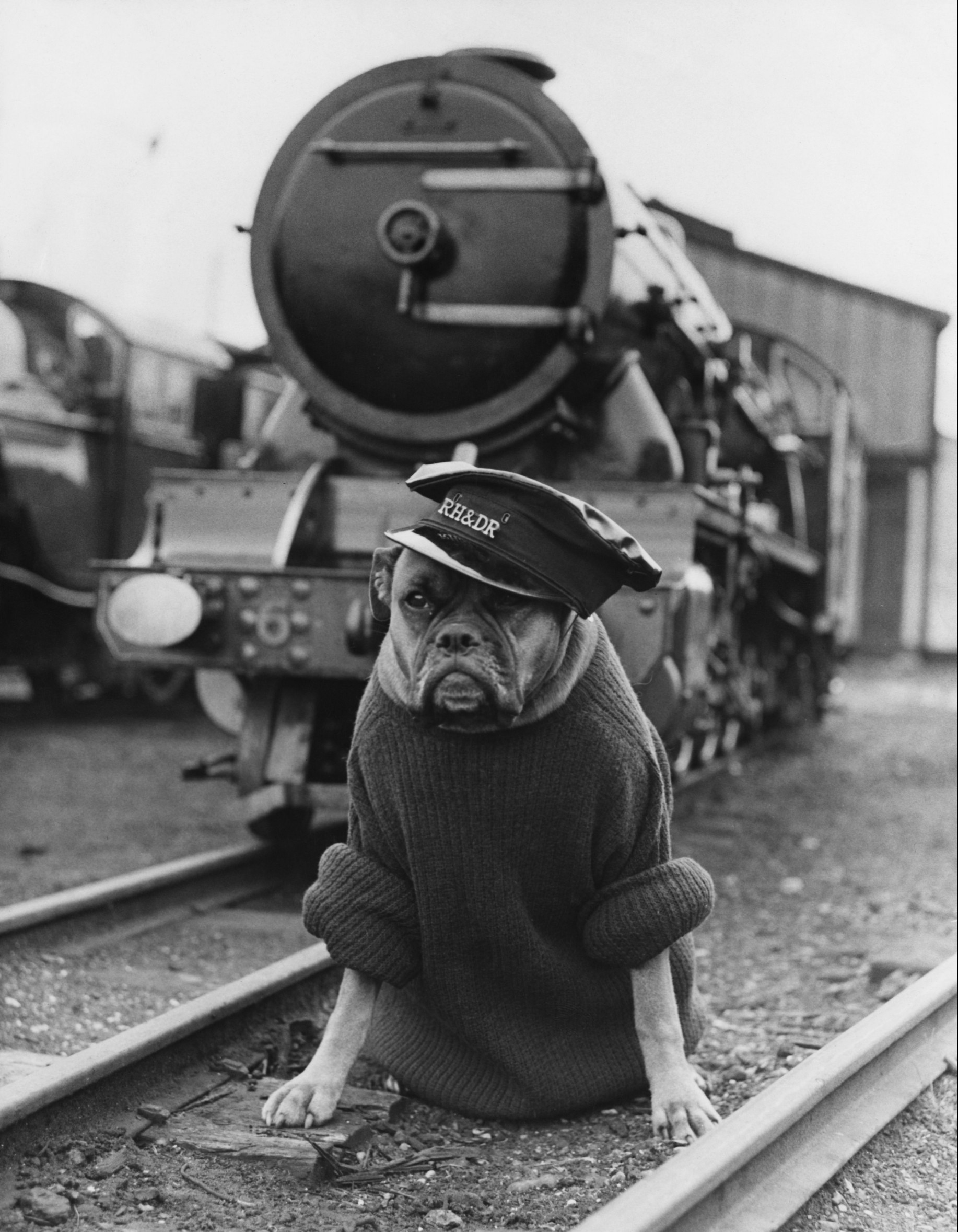
Boxer Care
The athletic boxer has high exercise needs and needs plenty of human attention. Proper training also is a must to keep the breed's energy in check. Fortunately, the boxer is relatively low-maintenance when it comes to grooming.
Exercise
Most boxers have a lot of energy, which means they need ample exercise each day. It’s ideal to take your boxer for a 30-minute walk at least twice daily. They also do best with space to run around, and are one of the fastest dog breeds, capable of running up to 45 miles per hour.
Active play will keep the dog fit and mentally stimulated. This includes:
- Jogging
- Hikes
- Fetch
- Frisbee
- Walking
- Nose work
Boxers are even suitable for canine sports, such as agility, obedience, and herding.
Because they are people-oriented dogs, boxers would prefer doing something active with you rather than being left alone in a yard.
Keep in mind that boxers aren't very tolerant of either cold or hot weather. Their short coat doesn't give them insulation against the cold. And because of their short noses, boxers can't pant well to cool themselves off in heat. So it's best to exercise boxers primarily indoors during extreme weather, hot or cold. In hot weather, plan walks for the coolest time of the day.
Grooming
Because boxers have very short coats, they have relatively simple grooming needs. Brush them weekly with a curry brush to remove any loose fur and debris from their coat. When the weather changes in the spring and fall, expect heavier shedding and brush more frequently to compensate for the increase in loose fur.
The coat also stays fairly clean, generally requiring a bath only every couple months. But keep in mind that many boxers are droolers, so their fur might need some cleanup with a damp cloth around their mouth.
Nail trims will be necessary roughly every month, depending on how much the dog naturally wears down their nails. Moreover, it's ideal to brush the dog's teeth every day.
Training
Boxers can become hyperactive and unruly if they aren’t properly trained and socialized. This is simply a result of their exuberant personalities. Boxers often love to jump up on people—a carryover of how the breed would jump while hunting game—and ideally they should have consistent training from a young age to curb this behavior.
It’s best to start a boxer puppy in a puppy training class as soon as they meet the age requirement. There, they'll learn basic obedience and how to socialize politely with other dogs and people.
Expose your boxer to different people and situations, and make sure everyone who meets them uses positive reinforcement on good behaviors. Enrolling in dog sports, service dog courses, or similar classes also can help your dog work on their obedience and strengthen your bond.
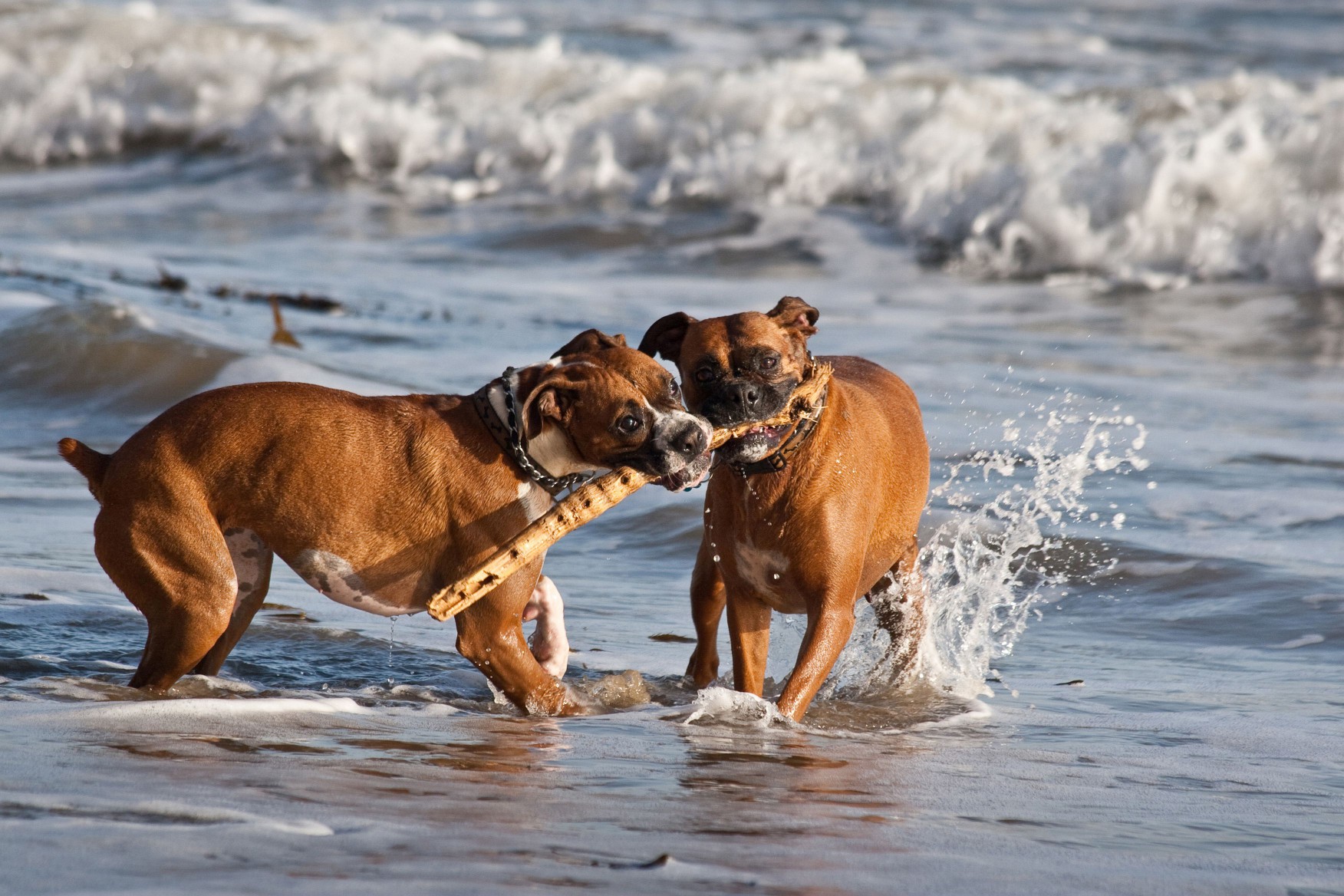
Common Health Problems
In addition to their intolerance to extreme temperatures, boxers also are prone to some common health conditions.
- Hip dysplasia: This occurs when dogs' hip joints don't develop properly. It's more common in larger breeds and can cause limping, an unusual gait, pain, and muscle loss.
- Heart conditions: For boxers, these can include aortic stenosis (narrowing of the aortic valve) and dilated cardiomyopathy.
- Hypothyroidism: This occurs when the thyroid doesn’t make enough thyroid hormones. It can affect the body's organs, including the heart, but it can sometimes be treated with medication.
- Degenerative myelopathy: This genetic condition affects the spinal cord, leading to weakness in a dog's rear limbs and, eventually, paralysis.
- Cancer: These dogs are at risk for several kinds of cancer, including in the brain, thyroid, and skin. They are also prone to lymphoma (lymph nodes), mast cell tumors (skin or organs), mammary cancer (breast), and osteosarcoma (bone). Veterinarians can offer several options for treatment, depending on the cancer and its severity.
- Chronic kidney disease: Boxers may be predisposed to this condition, which can lead to kidney failure and eventually death.
- Underbite: This is when the lower jaw juts out farther than the upper jaw. This may require extra care for your dog's teeth. Your veterinarian can tell you more.
- Gastric dilation-volvulus (bloat): Like other deep-chested dogs, boxers can be prone to bloat, which can lead to the stomach dangerously twisting itself.
Some believe that primarily white boxers are more prone to health issues, but a study on boxers in the United Kingdom did not find a "substantial health difference" between white boxers and ones with darker coats.
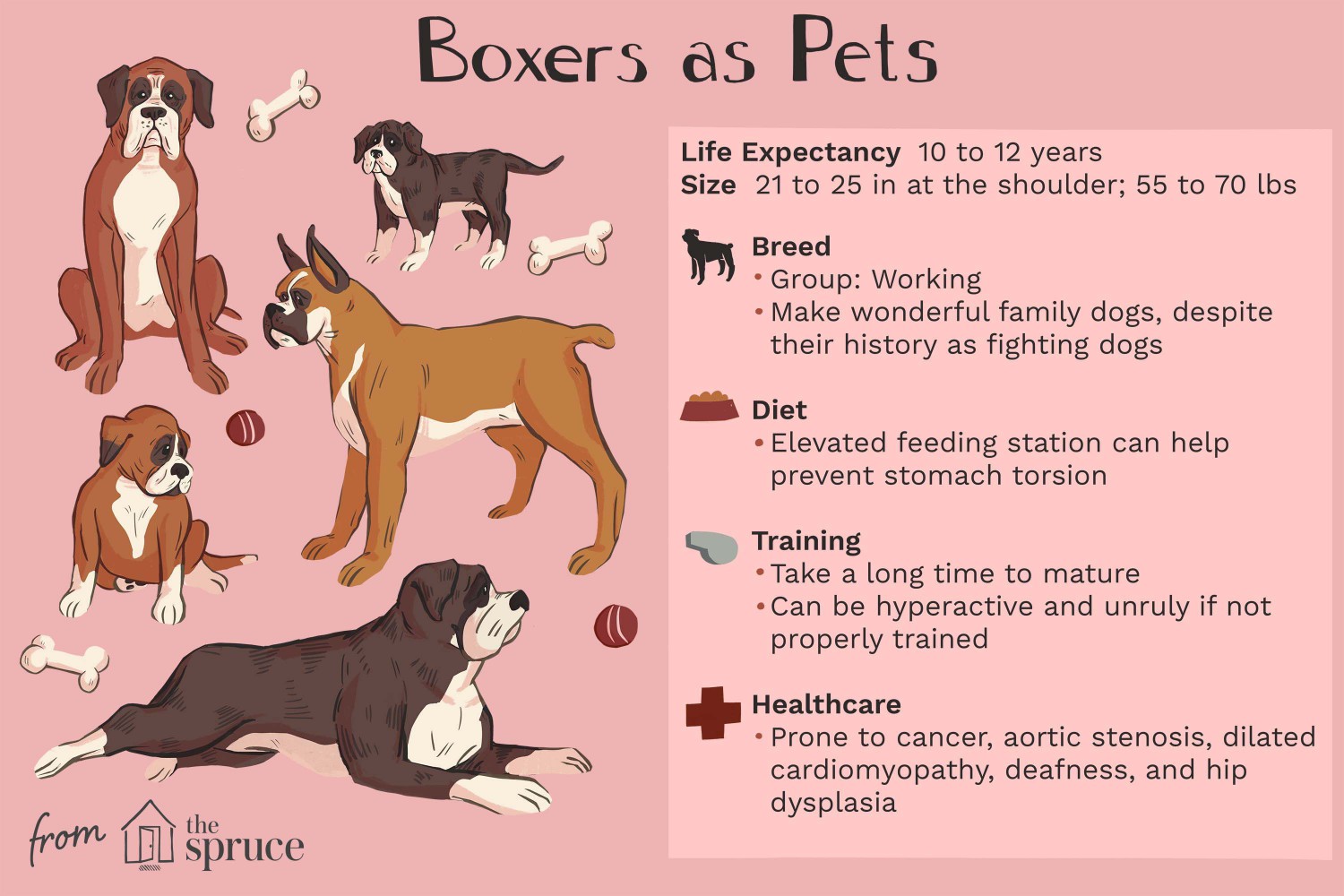
The Spruce / Emilie Dunphy
Diet and Nutrition
Feed a quality, nutritionally balanced dog food, and always provide clean water for your boxer. Follow your vet's instructions for the quantity and variety of food, as this can vary with age, activity level, and other factors. Regularly monitor your boxer's weight to prevent obesity and other health issues.
Eating from an elevated bowl, eating slowly with slow feeder bowls, and consuming smaller meals can help to prevent bloat.
Where to Adopt or Buy a Boxer
Check out local animal shelters and breed rescue groups to find a boxer in need of a home. Because the breed is so popular, boxers are relatively easy to find. If you're looking for a puppy from a reputable breeder, expect to pay around $1,000 to $2,500, though this can vary widely depending on bloodline and other factors.
Some groups that can help you in your search for a boxer include:
- American Boxer Club
- U.S. Boxer Rescue Websites (via American Boxer Club)
- Across America Boxer Rescue
Boxer Overview
Still need to decide if a boxer is right for your family? There’s a lot to consider, from this dog’s exercise needs to their potential health concerns.
Pros of Boxers
- Great family dog
- Affectionate
- Loves to play
- Loves children
- Limited grooming needs
Cons of Boxers
- Some drool excessively
- Can be hyperactive
- Some like to jump up on people
- Can't tolerate extreme temperatures
More Dog Breeds and Further Research
As with any breed, if you think the boxer is the dog for you, do plenty of research before you get one. Talk to veterinarians, other boxer owners, reputable breeders, and rescue groups to learn more.
If you’re interested in similar breeds, check out:
- Staffordshire Bull Terrier
- Bullmastiff
- Boston Terrier
There’s a whole world of potential dog breeds out there—with a little research, you can find the right one to bring home!
- Are boxers aggressive?
Boxers are typically very loving and affectionate with their families. But they also can have a protective nature that must be managed through training and socialization.
Are boxers good apartment dogs?Generally, boxers don't make good apartment dogs. But boxers can live in apartments as long as they receive enough exercise and mental stimulation throughout the day.
Is a boxer dog low-maintenance?When it comes to grooming, the boxer is low-maintenance. However, they have a lot of energy and high exercise needs, so they need pet parents who will give them the time and space to exercise and be active. They are also sensitive to hot and cold conditions due to the breed’s short coat and nose.

